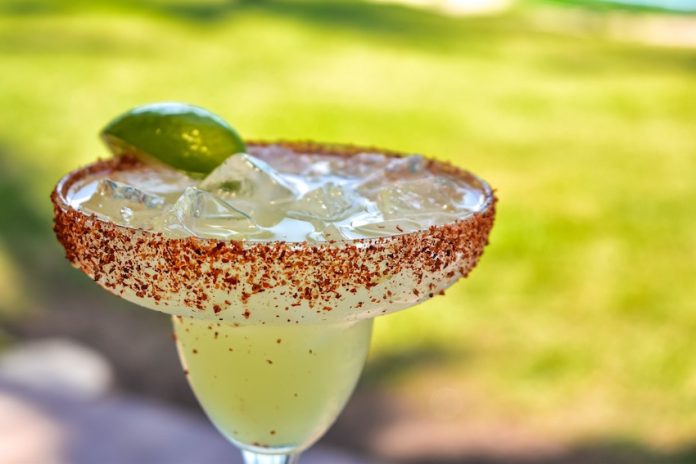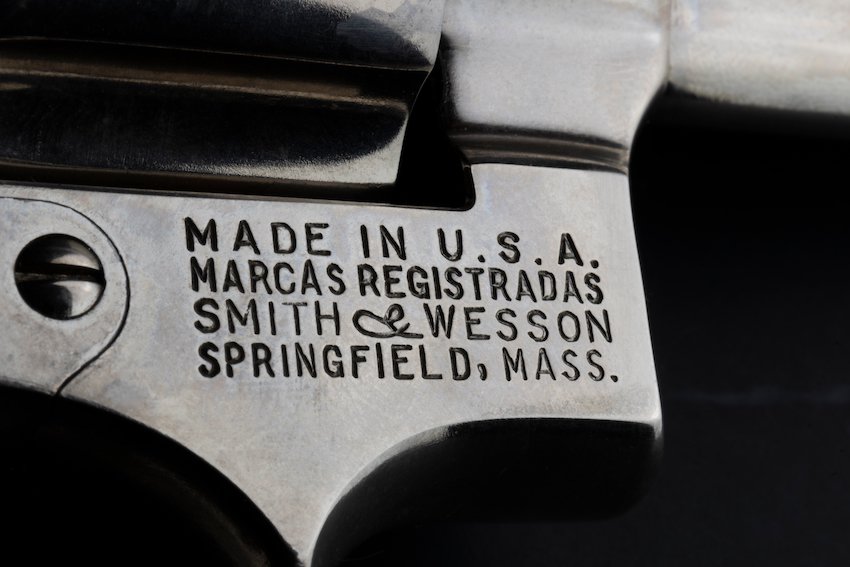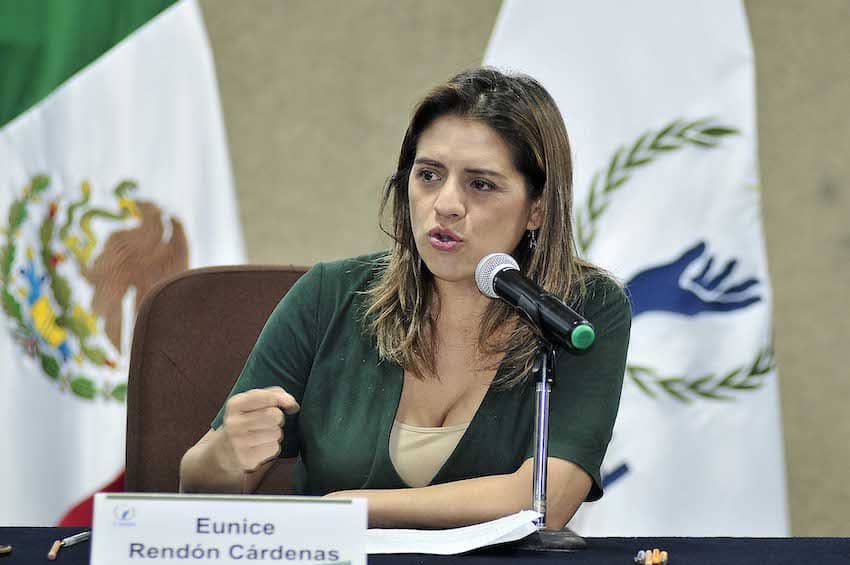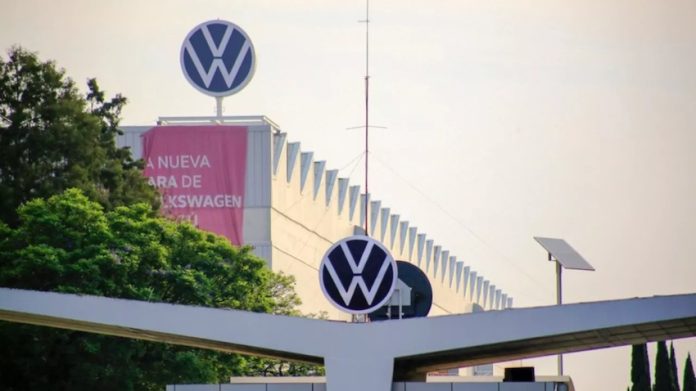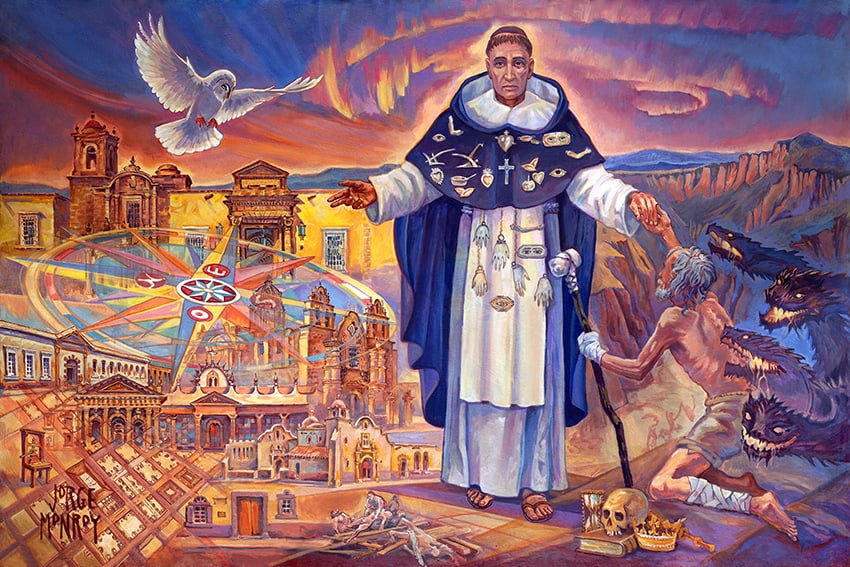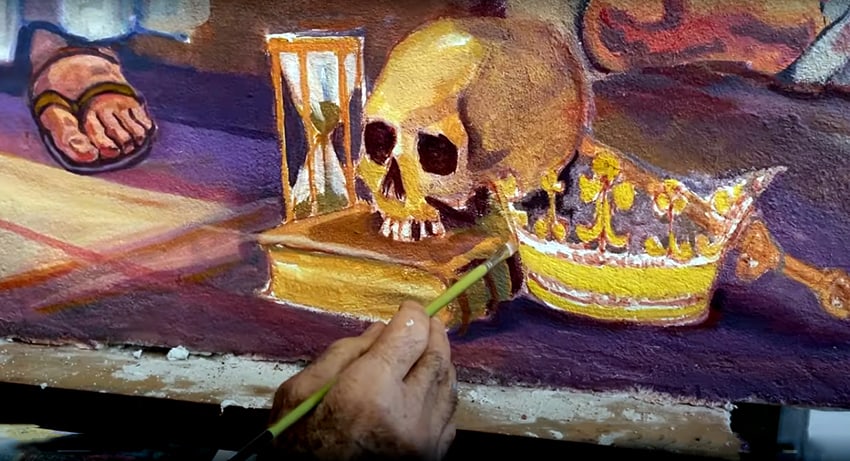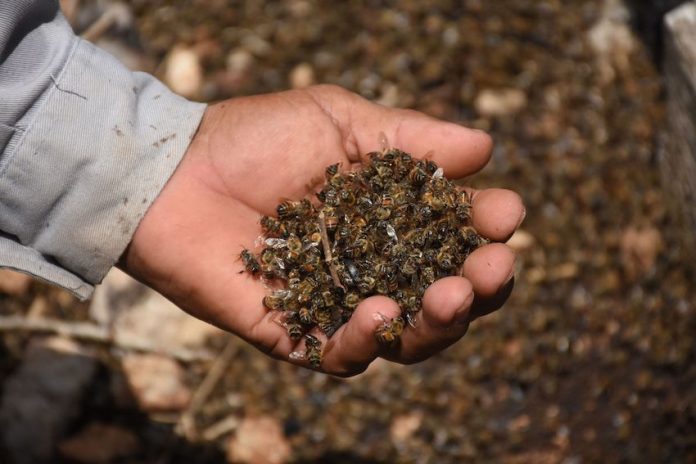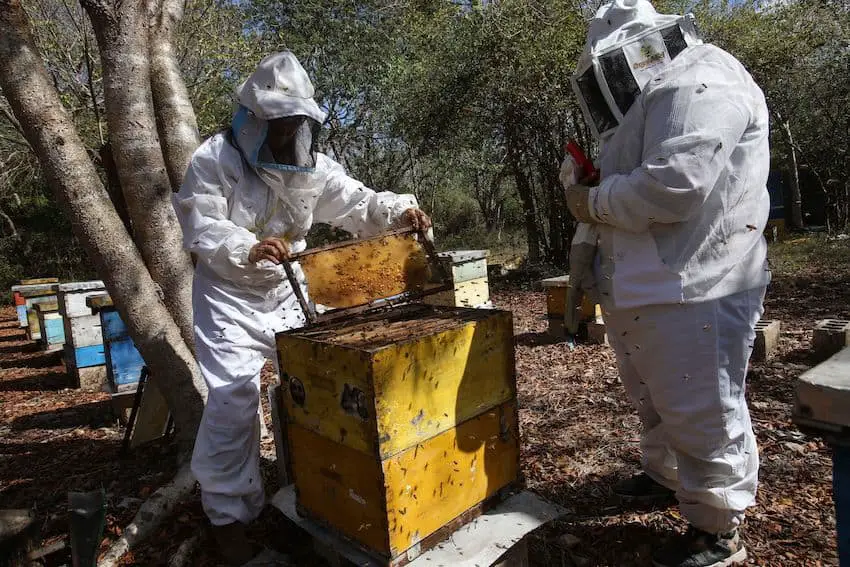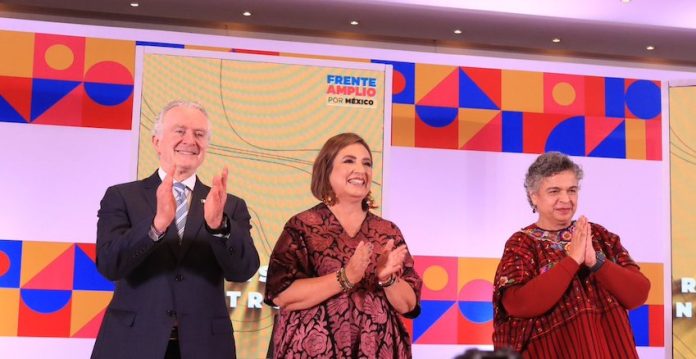We see it all the time: the brick-red powder on the rim of an icy Michelada, that sprinkle of color on guacamole or ceviche, the red-tipped mangos-on-a-stick sold by beach vendors everywhere. In our expat lives, Tajín—Mexico’s zesty, classic “powdered salsa”—is almost omnipresent, whether we realize it or not.
That sweet-and-spicy flavor profile is something unusual for our north-of-the-border palates; just try giving an American kid any of the most popular Mexican candies! As adults, hopefully we’re more adventurous with our eating, and can appreciate this unique blend of dried, powdered red chili peppers, dehydrated lime juice and salt. Tajín is completely natural, made with regionally sourced mild red chili peppers and with no additives or artificial flavorings.

Tajín was originally created as a sauce almost 40 years ago by an abuela, Mama Necha, in Zapopan, Jalisco. Her grandson Horacio Fernández loved it and thought there was potential in the recipe if it could be sold in powder form. He came up with a formula to dehydrate the two simple main ingredients—red chili peppers and lime juice—added salt and began selling it store to store. It was an instant success in Mexico, and in 1993 Tajín was first exported to the U.S. Fernández came up with the name after a trip to the pre-Columbian archaeological site El Tajín in the state of Veracruz. Since the 2000s, Tajín has been sold in more than 30 countries and the company has added several varieties as well as hot sauces to its line.
So what can you do with Tajín? Traditionally it’s sprinkled on fresh fruits like mango, watermelon, pineapple and jicama, or added it to a rub, marinade or sauce for chicken, steak, shrimp and most fish. But let your imagination be your guide and get creative! This quintessential Mexican culinary experience wakes up savory classics like chicken pot pie, or mozzarella sticks, avocado toast or hummus. Sprinkle it over popcorn, a fruit and cheese board, papas locas or scrambled eggs. Mix Tajín with almost any fruit filling for pies, empanadas or turnovers, or top a smoothie or fruit frappe.
Tajín Grilled Chicken

This sauce also works well with shrimp, tofu salmon or any white fish. Serve as an entrée or on sandwiches.
- Vegetable oil, for the grill
- 8 skinless, boneless chicken thighs (about 2 lbs.)
- Salt
- ½ cup honey or agave syrup
- ½ cup fresh orange juice
- 1 tsp. finely grated orange zest
- 3 chipotle chiles in adobo, finely chopped, plus ¼ cup adobo sauce
- 6 garlic cloves, minced
- 2 Tbsp. olive oil
- 1 Tbsp. Tajín Clásico
- 8 scallions, root ends trimmed
- ½ cup fresh cilantro, chopped
- Prepare a grill for medium-high, direct heat, or heat a grill pan on medium-high and brush the pan with oil.
Arrange chicken on a cookie sheet; then generously season both sides with salt. In a medium bowl, whisk the honey/agave syrup, orange juice and zest, chipotles, adobo, garlic, olive oil and Tajín.
Brush both sides of the chicken generously with the sauce.
Grill the chicken, turning and basting often with the sauce, until cooked through, charred but brick red and glazed, about 9 minutes. Grill the scallions, turning occasionally, until lightly charred on all sides. Serve the chicken with grilled scallions, topped with cilantro.
Spicy Watermelon Salad with Pineapple & Feta

- 3 Tbsp. extra-virgin olive oil
- 2 Tbsp. apple cider vinegar
- 2 Tbsp. fresh lime juice + 1 tsp. lime zest
- 1 Tbsp. honey
- 1 jalapeño, thinly sliced
- Salt and black pepper
- ¼ cup minced red onion
- 1¼ lbs. fresh watermelon, chilled
- 1¼ pounds fresh pineapple, chilled
- ⅔ cup feta, crumbled (about 4 oz.)
- ½ cup minced cilantro
- ½ cup minced fresh mint
- Tajín
In a large bowl, stir oil, vinegar, lime juice and zest, honey, jalapeño and red onion. Season with salt and pepper. Toss to coat. Let marinate for 10 minutes.
Chop watermelon and pineapple into 1-inch cubes, discarding any seeds. Add fruit to the vinaigrette and stir. Adjust seasoning if necessary. Refrigerate until serving. When ready to serve, add feta and herbs and gently toss. Sprinkle with Tajín and serve immediately.
Spicy Apple Chips
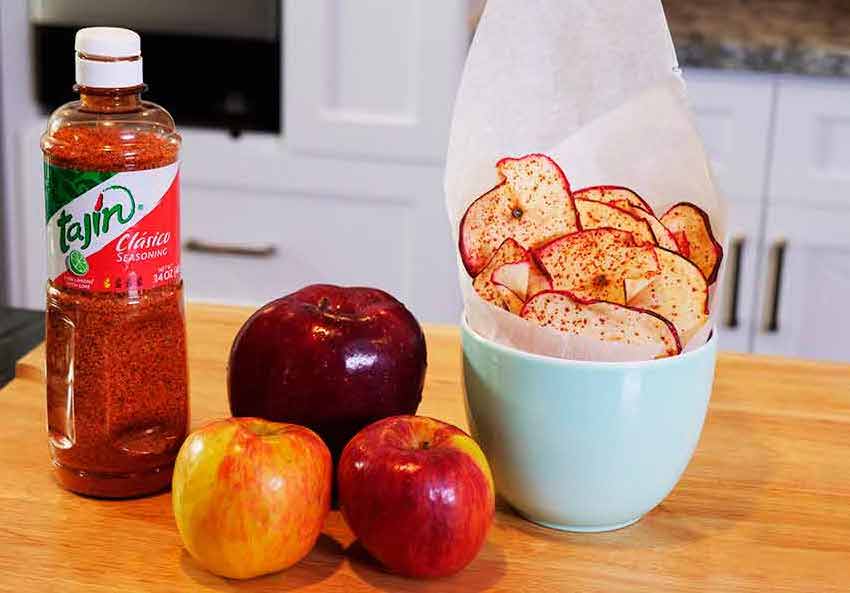
- 2 apples, sliced thinly
- ½ tsp. Tajín
Preheat oven to 225F (110C). Using a mandolin if you have one, or a very sharp knife, slice apples very thinly. Place apple slices on a cookie sheet so that they are not touching each other. Sprinkle generously with Tajín.
Bake until dry and edges curl, about 50-60 minutes. Cool for 15 minutes before removing chips to a cooling rack. Store in a sealed container for up to two weeks.
Black Bean, Corn & Mango Salsa
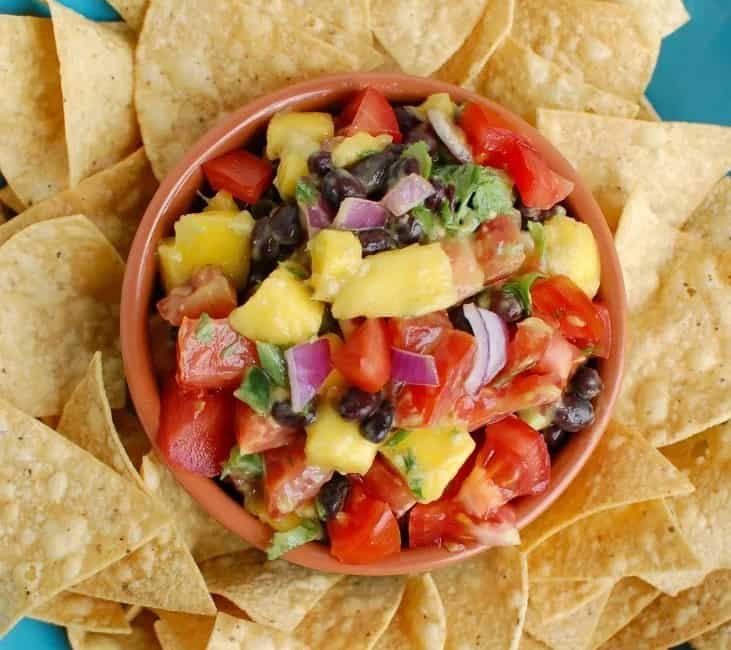
- ¼ cup mild hot sauce
- 1 tsp. ground coriander
- ½ cup olive oil
- ¼ cup white or red wine vinegar
- ½ tbsp. Tajín
- 2 (15.5 oz.) cans black beans, drained
- 1 (8 oz.) can whole kernel sweet corn, drained
- 1 fresh mango, chopped fine
- ½ cup EACH minced green and red bell peppers
- ¼ cup red onion minced
- ¼ cup fresh coriander minced
To make the dressing, mix hot sauce, ground coriander, olive oil and vinegar in a medium bowl. Add remaining ingredients and toss gently but thoroughly to mix flavors. Serve immediately or refrigerate until using. Sprinkle with more Tajín when serving.
Janet Blaser is the author of the best-selling book, Why We Left: An Anthology of American Women Expats, featured on CNBC and MarketWatch. She has lived in Mexico since 2006. You can find her on Facebook.
